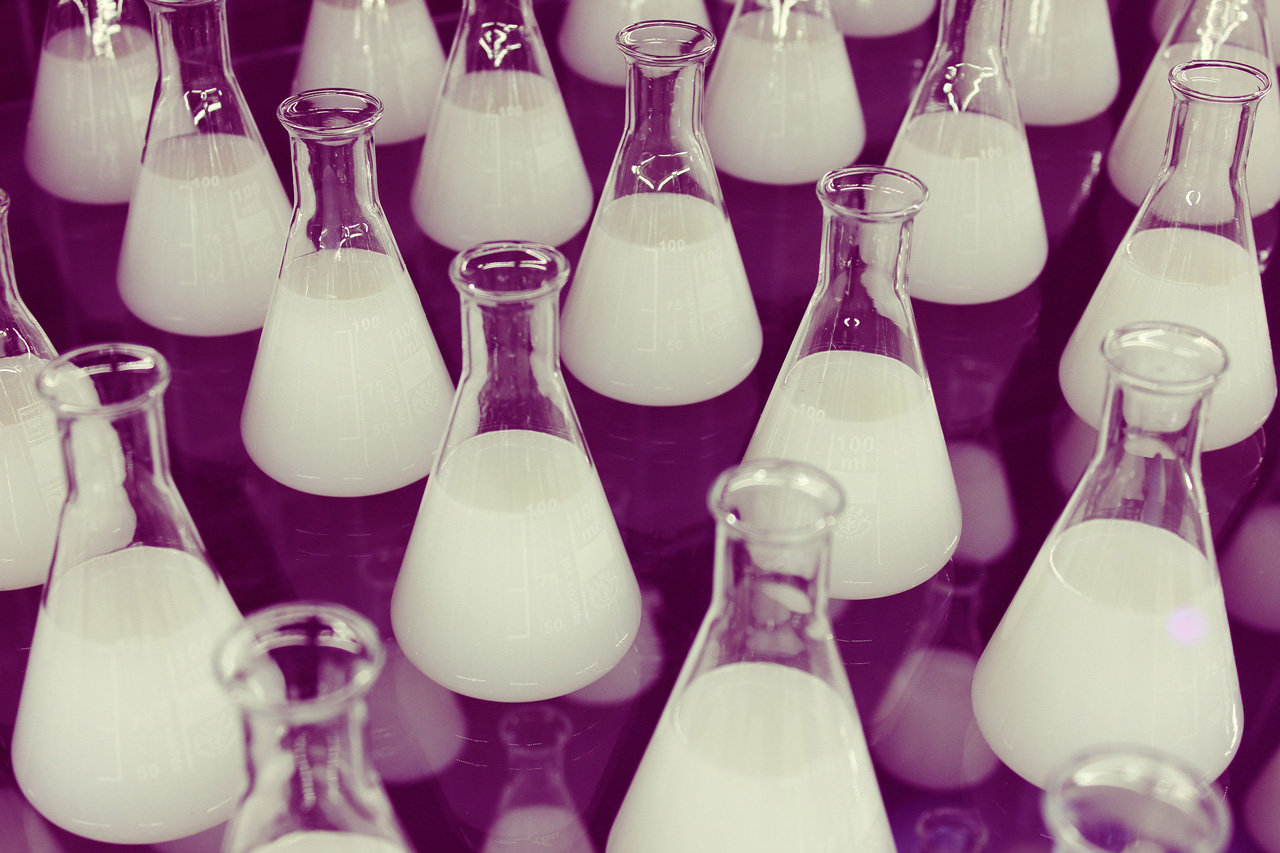Biopesticide for Food Use Testing for EPA Registration- Multiple Tests
Project Description
MULTIPLE TESTING
Contract Laboratory needed for various testing of Biopesticide for Food Use.
Both chemicals described below are being registered by EPA as biopesticides for food use. The project can be divided into three main sub projects:
1. Characterization of the 50% MgChlorophyllin product
Because the product is only 50% purity, we need to characterize the remainder of the product. Basically, the product is produced by the alkaline hydrolysis of a chlorophyll rich concentrate. We expect the remainder of the product to be many organic molecules. These need to be identified and quantitated. We would like to identify the constituents such that 95 to 98% w/w of the product is accounted for.
2. Analysis of the photolysis and metabolic products of MgChlorophyllin
Current studies are being caried out to ascertain the photolysis products if MgChlorophyllin as we believe this will be a major route of degradation for this chemical. In this study the chemical is labelled with tritium so that the fate of the chemical and its degradates can be followed and identified. You would need to be able to handle the low-level radioactivity associated with this project.
For plant metabolism studies tritiated metabolites would need to be identified and quantitated. In this study the chemical is also labelled with tritium so that the fate of the chemical and its metabolites can be followed and identified.
3. Analysis of the photolysis and metabolic products of Na2EDTA
Beside the active ingredient in numbers 1 and 2 above we have another active ingredient, disodium ethylenediaminetetraacetate (Na2EDTA). There are current studies with this chemical including photolysis and plant metabolism in which the Na2EDTA is labelled with radioactive carbon, C14. You would need to be able to handle the low-level radioactivity associated with this project.
For plant metabolism studies radioactive metabolites would need to be isolated, identified and quantitated. Likewise in the photolysis study, degradates would need to be isolated, identified and quantitated.
Background
MgChlorophyllin is typically made by the extraction of chlorophyll rich biomass. The solvent extraction process serves to concentrate chlorophyll in a chlorophyll rich concentrate. As the extraction process is not 100% selective besides chlorophyll other plant derived materials get pulled into the chlorophyll fraction. This fraction is further processed via saponification to make the finished MgChlorophyllin extract fraction which is approximately 50% Chlorophyllin. We can supply an analytical reference standard that is 98% purity to aid in your analyses.
We look forward to your response. Please call or email if you have any questions.
Project Information
Number:23-02183

